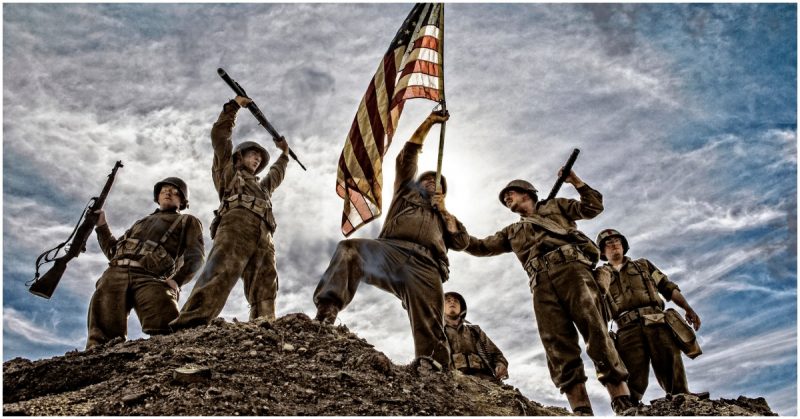A large contingency of Marines served at the U.S. Embassy in London and the nearby U.S. Naval Headquarters, with the main role of supplying men for guard detail at these locations.
The U.S. Marines’ primary role is to conduct sea-launched assaults on land targets. So the World War II island hopping campaign that characterized the Pacific war with Japan meant the Marines were continually at the forefront of the fighting there, forever to be remembered for such historic battles as Guadalcanal, Iwo Jima, and Okinawa.
But what about the Marines’ involvement in the European campaign against Nazi Germany and Fascist Italy? The European front was very different. For a long time it was mostly a war of attrition, with emphasis on the Battle of the Atlantic and the Allied mass bombing campaign of Germany.
Against this backdrop the U.S. Marines had a much more minor, although still important, role in the European theater.
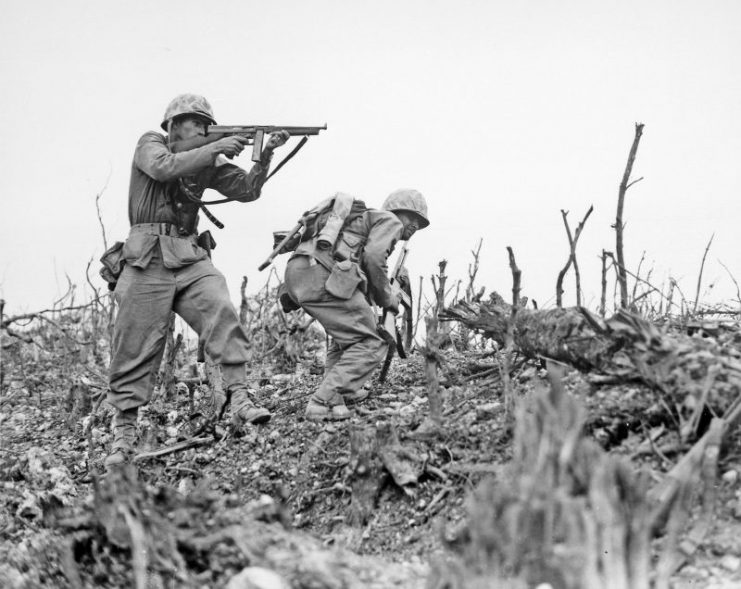
At first their main role in Europe was in the form of Marine security detachments assigned to protect U.S. naval bases in the United Kingdom. They were also based on the larger U.S. warships that patrolled the Atlantic or British coastal waters.
For instance, the battleship USS Mississippi normally had a detachment of Marines onboard that consisted of two or three officers and at least 100 enlisted men.
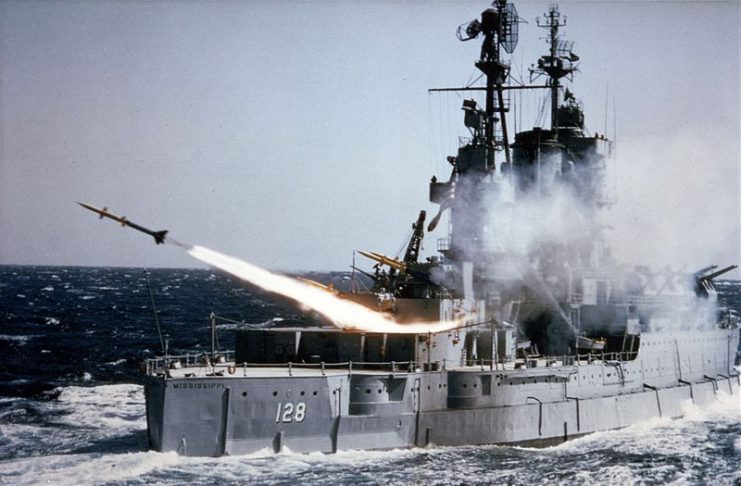
A large contingency of Marines served at the U.S. Embassy in London and the nearby U.S. Naval Headquarters, with the main role of supplying men for guard detail at these locations.
In addition, the Marines were heavily involved in the roles of Fire Wardens for those locations, and providing armed motorcycle and motor vehicle escorts for State Department couriers, escorting them as they went about their diplomatic business.
The Marines based in the British capital were also routinely asked to supply orderlies for high ranking officers and to perform ceremonial duties at official functions.
The U.S. Marine Corps was particularly interested to learn from British wartime experiences, so throughout the war they sent observers to look at all aspects of how the British conducted their operations.
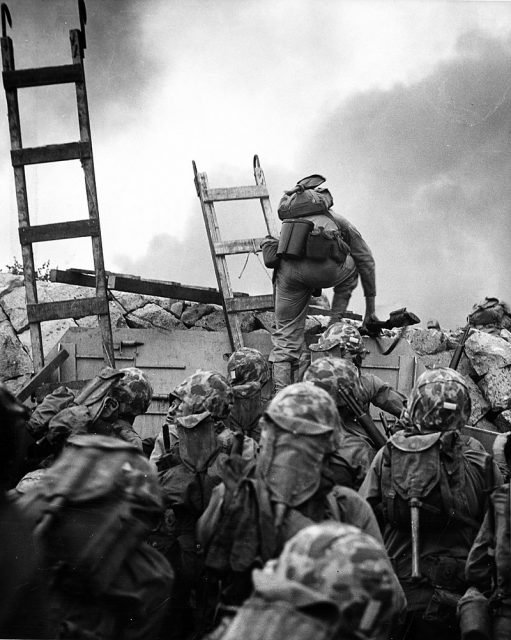
The Marine air arm was very interested in how Royal Air Force units intercepted the enemy so efficiently, and modeled their newly formed night fighter units on the British way of doing things.
Many Marine officers attended both the British Amphibious Warfare School and the Royal Engineers Demolition School, as well as observing British commando training. The knowledge and experienced they gained there later helped in setting up U.S. Marine Raider battalions in the Pacific.
The Raider battalions were tasked with conducting special amphibious light infantry raids behind Japanese lines.
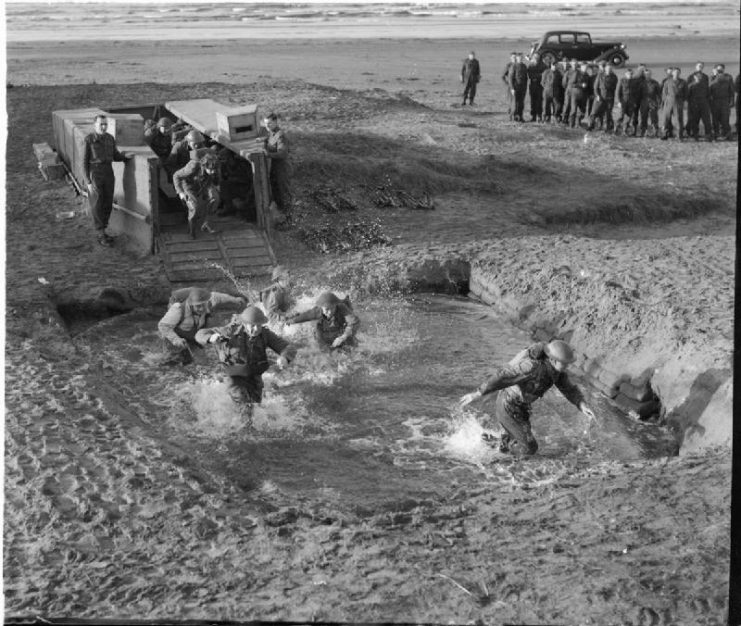
As the war progressed, Marines in Britain started to work more closely with the Office of Strategic Services. This was a new American intelligence agency at the time and was the predecessor to the CIA.
This led the Marines to assist in or observe special covert operations in Nazi-held territories, often training and working alongside the British Royal Marines.
Their duties were highly secretive and one Marine, Captain Peter J. Ortiz, was awarded the Navy Cross on two separate occasions for his service with the British, working for months at a time behind enemy lines.
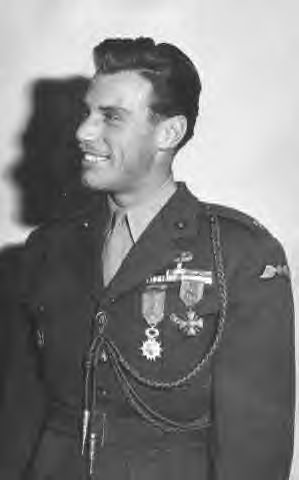
Marine Lieutenant John Hamilton (film star Sterling Hayden) was awarded both the Bronze and Silver Star Medals for his work with Yugoslavian Freedom Fighters.
In June 1942 Marine Colonel Franklin Hart acted as a Special Naval Observer while participating in Operation Jubilee, which was the British raid on the enemy-held French port of Dieppe. Though the raid was a complete disaster, it taught the Allies valuable lessons that they later applied to such amphibious operations as D-Day and many of the landings in the Pacific campaign.
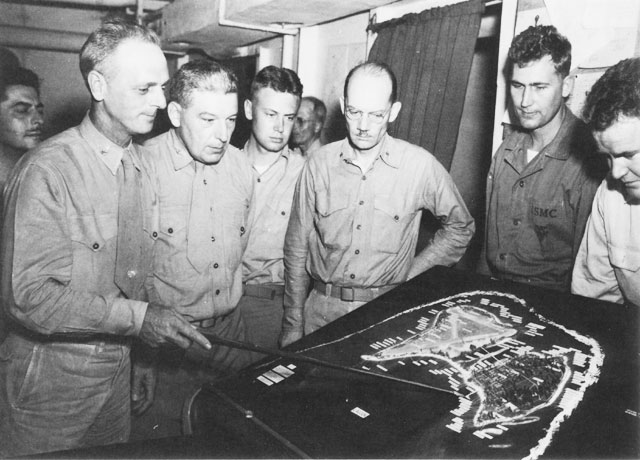
Marine officers also were heavily involved in Europe as advisers, observers, specialists, liaisons, and intelligence officers. As such, they participated in many of the large scale European amphibious assaults, like Sicily in July 1943 (Operation Husky), D-Day in June 1944 (Operation Overlord) and Southern France in August 1944 (Operation Dragoon).
Their efforts, even while not in a major combat role, were not without loss. During the Allied naval bombardment on Salerno on the Italian mainland in September 1943 (Operation Avalanche), the Luftwaffe attacked the light cruiser USS Savannah with a newly developed radio-controlled glide bomb.
The bomb wiped out nearly 200 crew members, including a Marine squad that had been manning one of the ship’s turrets.
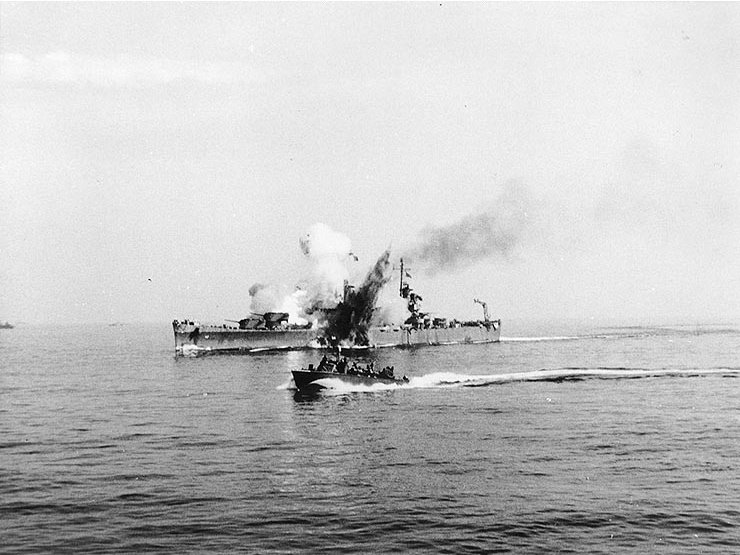
After World War II and during the 40 year long Cold War that followed with the Soviet Union, U.S. Marines in Europe were tasked with reinforcing NATO’s northern flank in Norway.
Today the Marine Corps has a command center and troops in Germany in order to support any U.S. operations that might be needed in either Europe or Africa.
Read another story from us: A Damn Good Lickin: When the Aussies Fought off an American Invasion
U.S. Marines regularly take part in military exercises in Europe, like “Baltic Shield 2018” with Finland and Estonia. In 2019 they took part in the exercise code named “Alexander the Great” with the Greek Marines.
Although they were not needed to play the same kind of fighting role in Europe that they did in the Pacific in WWII, the U.S. Marines did factor into the war there. In fact, ever since Marines arrived in France in 1917 to aid in defeating Germany in World War I, they have by now maintained some kind of presence or other in Europe for over 100 years.
